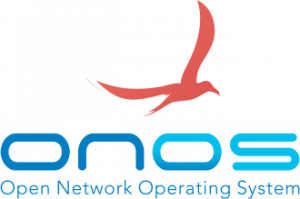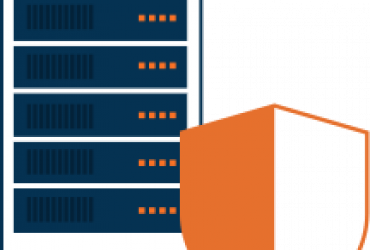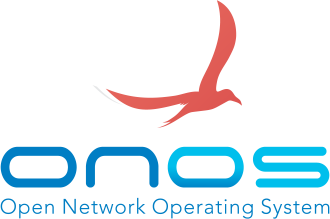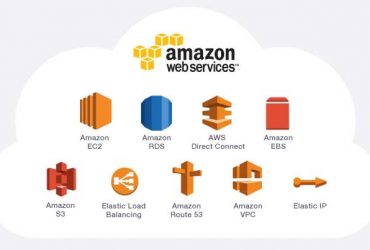Open Network Operating System (ONOS)
Most of the people consider ONOS as the part of server management services. ONOS project was formed to chase our vision of what networking could be for the public good quality. Networks have become a very significant infrastructure of the society. On the other hand, they are currently closed, proprietary, complex, operationally expensive,  inflexible – in a nutshell, they impede originality and growth rather than enable them.
inflexible – in a nutshell, they impede originality and growth rather than enable them.
Networking could be throughout the promise of Software Defined Networking (SDN). SDN split the control panel from the data plane freeing software innovation cycles to become free of hardware innovation cycles. SDN accelerate Internet and Cloud innovation while considerably reducing the costs of building and operating networks.
ONOS Mission is to produce the Open Source Network Operating System that will enable service providers to build real Software Defined Networks.
ONOS can:
- Produce high-quality network operating system software
- Create an effective open source process, allowing contributors to be productive
- Improve people’s lives through this attempt
In pursuit of its mission and goals, the ONOS community maintains the following values
- Serve our Customers
- Practice true Meritocracy
- Value and enable Innovation
- Strive for Quality, consistently
- Respect others in all interactions
- Operate with Transparency
Features of ONOS:
- Central Office Re-architected as Datacenter (CORD)
- CORD Fabric
- Multilayer SDN control of packet and optical networks in a multi-vendor environment
- Seamless peering with SDN-IP
- ONF’s Atrium SDN distribution demo
- Details on the SDN solutions showcase
ONOS is the SDN network operating system for service providers for performance, high availability, scale-out and well-defined northbound and southbound abstractions and interfaces.
 Server Hardening Linux: Knowing More About
Server Hardening Linux: Knowing More About


 inflexible – in a nutshell, they impede originality and growth rather than enable them.
inflexible – in a nutshell, they impede originality and growth rather than enable them.


Comments (0)